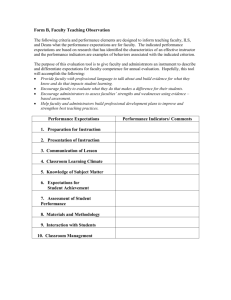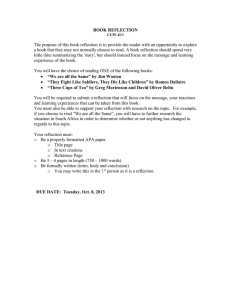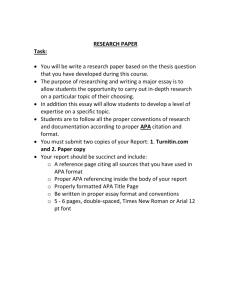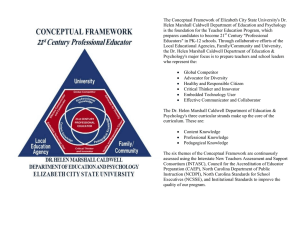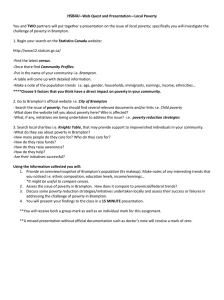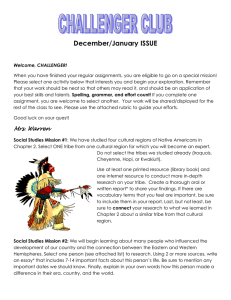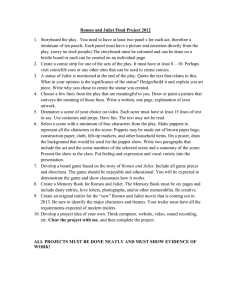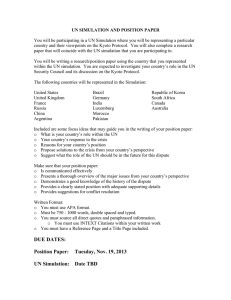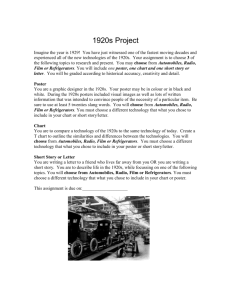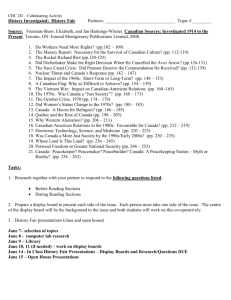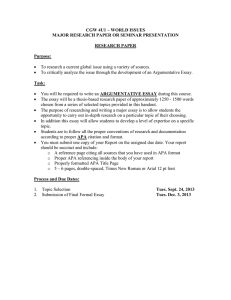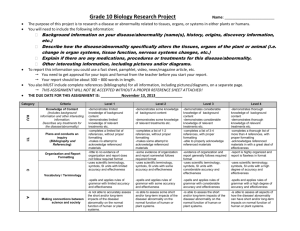DEVELOPMENTAL THEORIES – GROUP PRESENTATION Task:
advertisement
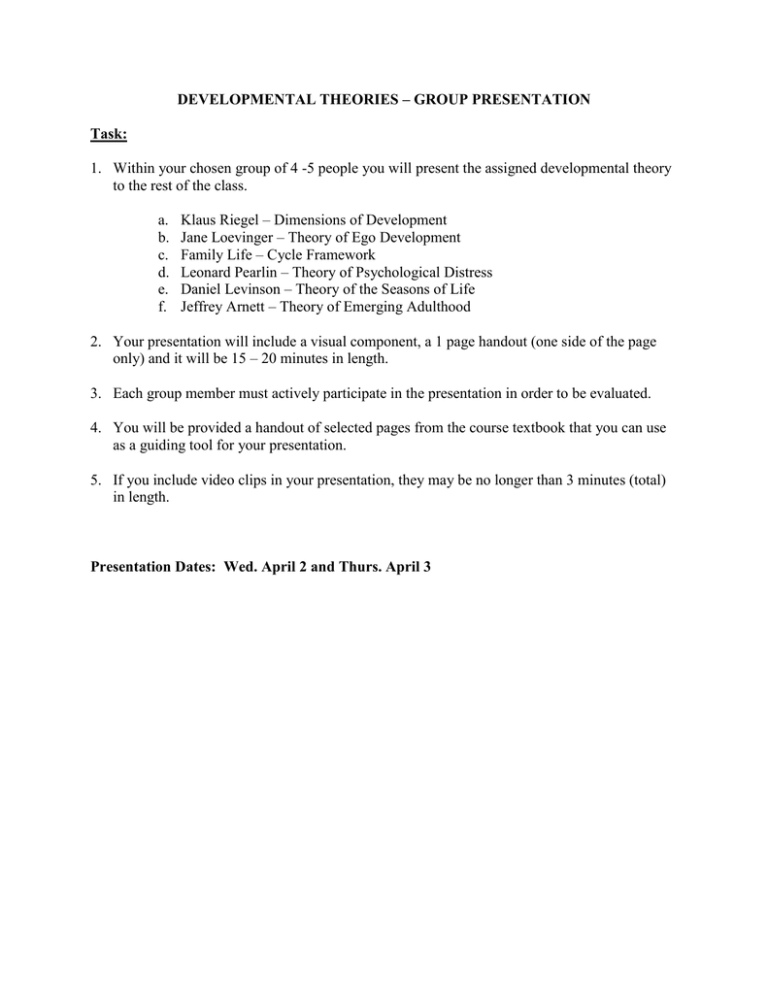
DEVELOPMENTAL THEORIES – GROUP PRESENTATION Task: 1. Within your chosen group of 4 -5 people you will present the assigned developmental theory to the rest of the class. a. b. c. d. e. f. Klaus Riegel – Dimensions of Development Jane Loevinger – Theory of Ego Development Family Life – Cycle Framework Leonard Pearlin – Theory of Psychological Distress Daniel Levinson – Theory of the Seasons of Life Jeffrey Arnett – Theory of Emerging Adulthood 2. Your presentation will include a visual component, a 1 page handout (one side of the page only) and it will be 15 – 20 minutes in length. 3. Each group member must actively participate in the presentation in order to be evaluated. 4. You will be provided a handout of selected pages from the course textbook that you can use as a guiding tool for your presentation. 5. If you include video clips in your presentation, they may be no longer than 3 minutes (total) in length. Presentation Dates: Wed. April 2 and Thurs. April 3 DEVELOPMENTAL THEORISTS: PRESENTATION RUBRIC STUDENT NAME: ____________________________________ Category/ Criteria Knowledge/ Understanding Level 1 (50-59%) Level 2 (60-69%) Level 3 (70-79%) Level 4 (80-100%) Knowledge of Content (facts, terms, definitions) -demonstrates limited knowledge of content -demonstrates some knowledge of content -demonstrates considerable knowledge of content -demonstrates thorough knowledge of content Understanding of Content (concepts, ideas) -demonstrates limited understanding of content -demonstrates some understanding of content -demonstrates considerable understanding of content -demonstrates thorough understanding of content -uses planning and processing skills with limited effectiveness -uses planning and processing skills with some effectiveness -uses planning and processing skills with considerable effectiveness -uses planning and processing skills with a high degree of effectiveness Communication of information and ideas - communicates information and ideas with limited clarity - communicates information and ideas with some clarity - communicates information and ideas with considerable clarity - communicates information and ideas with a high degree of clarity and confidence Presents for an audience and a purpose - presents with a limited sense of audience and purpose - presents with some sense of audience and purpose - presents with a clear sense of audience and purpose - presents with a strong sense of audience and purpose -makes connections within and between various contexts with limited effectiveness -makes connections within and between various contexts with some effectiveness -makes connections within and between various contexts with considerable effectiveness -makes connections within and between various contexts with a high degree of effectiveness Thinking Use of planning and processing skills (focusing research, gathering information) Communication Application Making connections within and between various contexts
